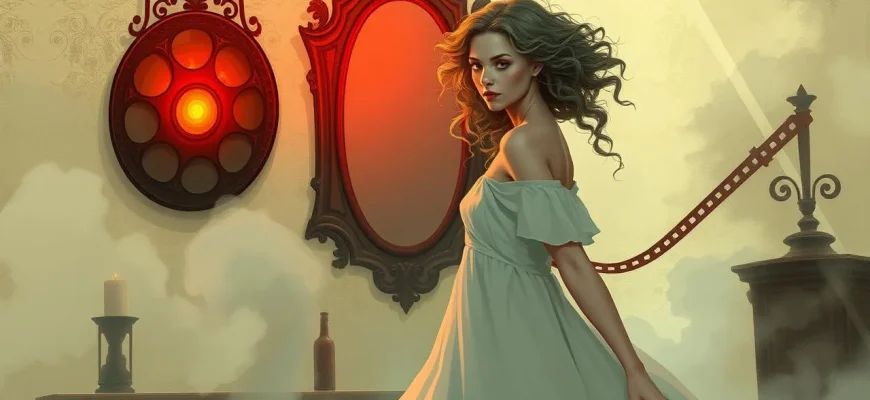This curated selection of horror films set in the early 20th century offers a unique glimpse into the era's fears, superstitions, and the birth of modern horror cinema. From gothic tales to psychological thrillers, these films not only entertain but also provide a historical context of the time, making them invaluable for both horror enthusiasts and history buffs.
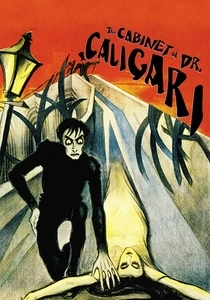
The Cabinet of Dr. Caligari (1920)
Description: This film is renowned for its expressionist style, depicting a sinister hypnotist who uses a somnambulist to commit murders. Its surreal visuals and psychological depth make it a perfect fit for this collection.
Fact: The film's sets were designed to reflect the inner turmoil of the characters, with distorted perspectives and jagged lines. It was one of the first films to use the twist ending, influencing many future horror films.
 Watch Now
Watch Now
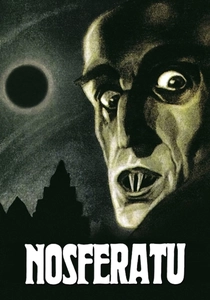
Nosferatu (1922)
Description: F.W. Murnau's unauthorized adaptation of Dracula, this film is a cornerstone of German Expressionism and horror cinema, showcasing the eerie Count Orlok, whose presence brings plague and death to a small town.
Fact: The film was almost destroyed due to copyright issues with Bram Stoker's estate, but surviving prints have made it a cult classic. Max Schreck's portrayal of Orlok is so iconic that his name has become synonymous with the character.
 Watch Now
Watch Now
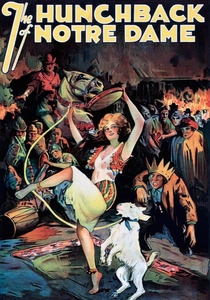
The Hunchback of Notre Dame (1923)
Description: Lon Chaney stars as Quasimodo, the deformed bell-ringer of Notre-Dame Cathedral, in this adaptation of Victor Hugo's novel. The film's gothic setting and themes of isolation and horror make it a notable entry.
Fact: Chaney's performance was so intense that he reportedly spent hours in makeup each day. The film was one of the first to use extensive location shooting, capturing the real Notre-Dame Cathedral.
 Watch Now
Watch Now
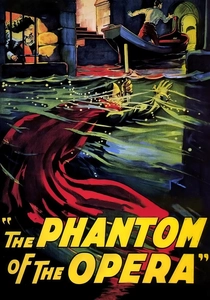
The Phantom of the Opera (1925)
Description: This silent film adaptation of Gaston Leroux's novel captures the eerie atmosphere of the Paris Opera House, where a disfigured musical genius haunts the opera house, terrorizing its inhabitants. Its inclusion reflects the era's fascination with gothic horror and the supernatural.
Fact: The film was one of the first to use the innovative two-strip Technicolor process for certain scenes. Lon Chaney, who played the Phantom, created his own makeup for the role, which became iconic.
 Watch Now
Watch Now

The Lodger: A Story of the London Fog (1927)
Description: Alfred Hitchcock's early work, this film tells the story of a mysterious lodger suspected of being the serial killer known as "The Avenger." Its foggy London setting and psychological tension are hallmarks of early 20th-century horror.
Fact: Hitchcock considered this his first "true" film, showcasing his emerging style. It was also one of the first films to use a "MacGuffin," a plot device that motivates the characters but is of little importance to the audience.
 Watch Now
Watch Now

The Cat and the Canary (1927)
Description: This silent film is an early example of the "old dark house" subgenre, where heirs gather in a creepy mansion to hear the reading of a will, only to be terrorized by a mysterious figure known as "The Cat."
Fact: It was remade several times due to its popularity, with the 1939 version being particularly well-known. The film helped establish many tropes of the horror genre.
 Watch Now
Watch Now
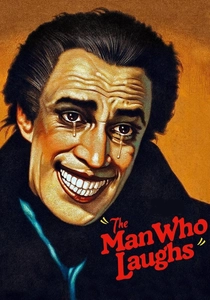
The Man Who Laughs (1928)
Description: Based on Victor Hugo's novel, this film features Conrad Veidt as Gwynplaine, a man with a permanent smile carved into his face, exploring themes of disfigurement and societal cruelty.
Fact: The character's eerie smile inspired the look of The Joker in DC Comics. The film was one of the last major silent films before the transition to talkies.
 Watch Now
Watch Now

Dr. Jekyll and Mr. Hyde (1931)
Description: This adaptation of Robert Louis Stevenson's novella explores the duality of human nature through the transformation of Dr. Jekyll into the sinister Mr. Hyde, set in the Victorian era.
Fact: Fredric March won an Academy Award for his dual role, making it one of the earliest horror films to receive such recognition. The film's makeup and transformation scenes were groundbreaking for the time.
 Watch Now
Watch Now
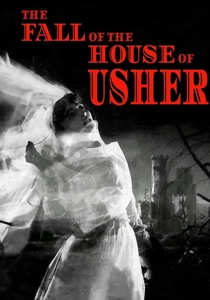
The Fall of the House of Usher (1928)
Description: Jean Epstein's adaptation of Edgar Allan Poe's story captures the eerie atmosphere of a decaying mansion and the madness that ensues, making it a fitting addition to this collection.
Fact: The film was shot in the actual Château de la Roche-Guyon, enhancing its gothic atmosphere. Epstein's use of slow motion and double exposure was innovative for the time.
 30 Days Free
30 Days Free

The Unknown (1927)
Description: Lon Chaney stars as Alonzo the Armless, a circus performer with a dark secret, in this tale of love, jealousy, and horror set in the early 20th century. Its themes of identity and obsession are timeless.
Fact: Chaney's character was actually armless for most of the film, using his feet to perform tasks, which was a significant physical challenge for the actor.
 30 Days Free
30 Days Free

